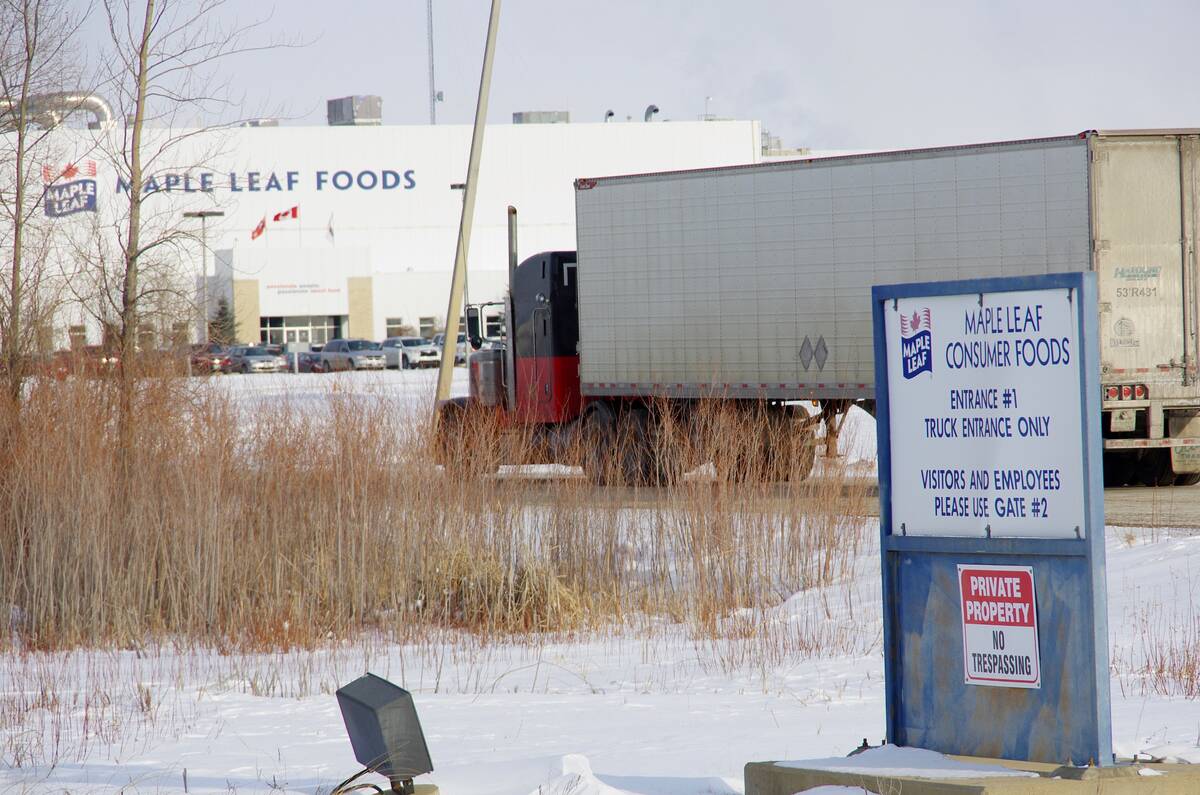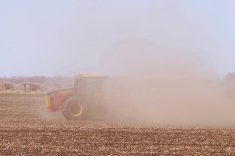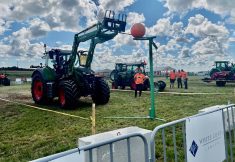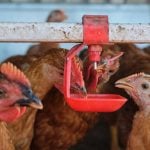Immigration is a hot button political issue. High unemployment rates for young Canadians, housing shortages and skyrocketing rents have many politicians calling for dramatic changes to Canadian immigration policies. For example, some have been calling for an end to critical programs like the Temporary Foreign Worker Program and slashing the number of new permanent residents.
The policy of the Canadian government from 2015 to 2023 was one of wide-open doors, with the country admitting a record number of newcomers. Facing housing shortages, rising rents, and high unemployment for youth and in some immigrant populations, the federal government pivoted, cutting immigration targets. The targets for 2025 were almost 20 per cent below the 2024 levels, with further reductions planned in the years to come. The initial allocation for the Manitoba Provincial Nominee Program was cut in half.
These broad shifts do not serve the Canadian economy, nor new Canadians.
Read Also

The great food summit adventure
Alberta Farmer columnist Lee Hart attended the Food Leadership Summit in Calgary, where about 400 ag industry players gathered for the new annual conference.
The drivers behind the policy shift are real. Canada’s big cities do have a housing crisis. Canadian youth are facing a difficult time finding jobs. Some regions of the country have seen an increased strain on social services and health care. Too many people have been admitted to Canada without a link to employment opportunities. However, a country-wide one-size-fits-all immigration and labour policy is not the right answer.
What is needed for Toronto, Vancouver, or Montreal is not what is needed in other parts of the country. Pressures in other regions of Canada are not the same as in our large cities, and new Canadians are a critical part of the Manitoba labour force in places like Notre Dame de Lourdes, Neepawa, Brandon and Winnipeg. Provinces, not the federal government, are best positioned to manage the labour requirements in their own region.

Lack of access to labour is an issue today for hog producers. There are current cases where farmers have shuttered barn sites due to labour shortages. This problem will only be exacerbated if further restrictions are placed on immigration.
To ensure ongoing sustainable hog production and pork processing, Manitoba producers and processors rely on immigration programs like the Manitoba Provincial Nominee Program. The sector hires foreign workers and supports them on a path to permanent residency to fill vacant positions.
This approach successfully matches newcomers with stable full-time work. There is a high retention rate of foreign workers brought in by the hog sector. Foreign workers receive training and put roots into the communities where they settle.
Neepawa is a prime example of a town that has been revitalized by the influx of new Canadians. The town is one of the fastest growing in Canada, boasting a new hospital and new road infrastructure because of investment by the hog sector and immigrants brought in to support the industry.
The negative impacts of labour shortfalls on hog producers and pork processors go beyond productivity losses. The sector has invested heavily in improving biosecurity and the ability to manage production diseases like porcine epidemic diarrhea (PED) and porcine reproductive and respiratory syndrome (PRRS), as well as keeping foreign animal diseases like African swine fever (ASF) and foot and mouth disease (FMD) out of the country. Labour shortages make this work more difficult and add strain to producers’ efforts to protect the animals under their care from disease.
The impact of diseases like PED and PRRS are not theoretical. The last major outbreak of PED in Manitoba, which began in the fall of 2021 and ran through the spring of 2023, is estimated to have cost the industry more than $100 million. Current estimates indicate that PRRS in the United States is costing the industry there $1.65 billion annually.

Hog production and processing in Manitoba have the opportunity for growth, if barriers like labour shortfalls can be overcome. New building and investment not only provide on-farm and spin-off employment opportunities, but also help build and sustain Manitoba’s rural communities through population growth, increased school enrollments, additional small business opportunities and enhanced community services.
Budget 2025 included commitments to prioritize immigration for rural, remote and tariff-hit businesses and to increase the number of new Canadians that are coming to fill specific jobs. These are positive announcements. However, it is not all that is needed.
First, we need to abandon a blanket approach as Canada is a vast country with different needs for every region. Canadian immigration policy should reflect the country’s diversity. For example, the Manitoba Provincial Nominee Program has successfully helped meet regional needs. This program needs to be enhanced, not reduced.
Second, policy should shift emphasis to the quality of immigration, versus a primary focus on the number of people entering Canada. More newcomers should have skills aligned with market needs, like the hog sector in Manitoba.
Immigration and labour needs vary widely across Canada. Rather than governments delivering, short “social media ready” soundbites, we should be focused on thoughtful immigration and labour policies targeting regional, and sectorial, needs.















